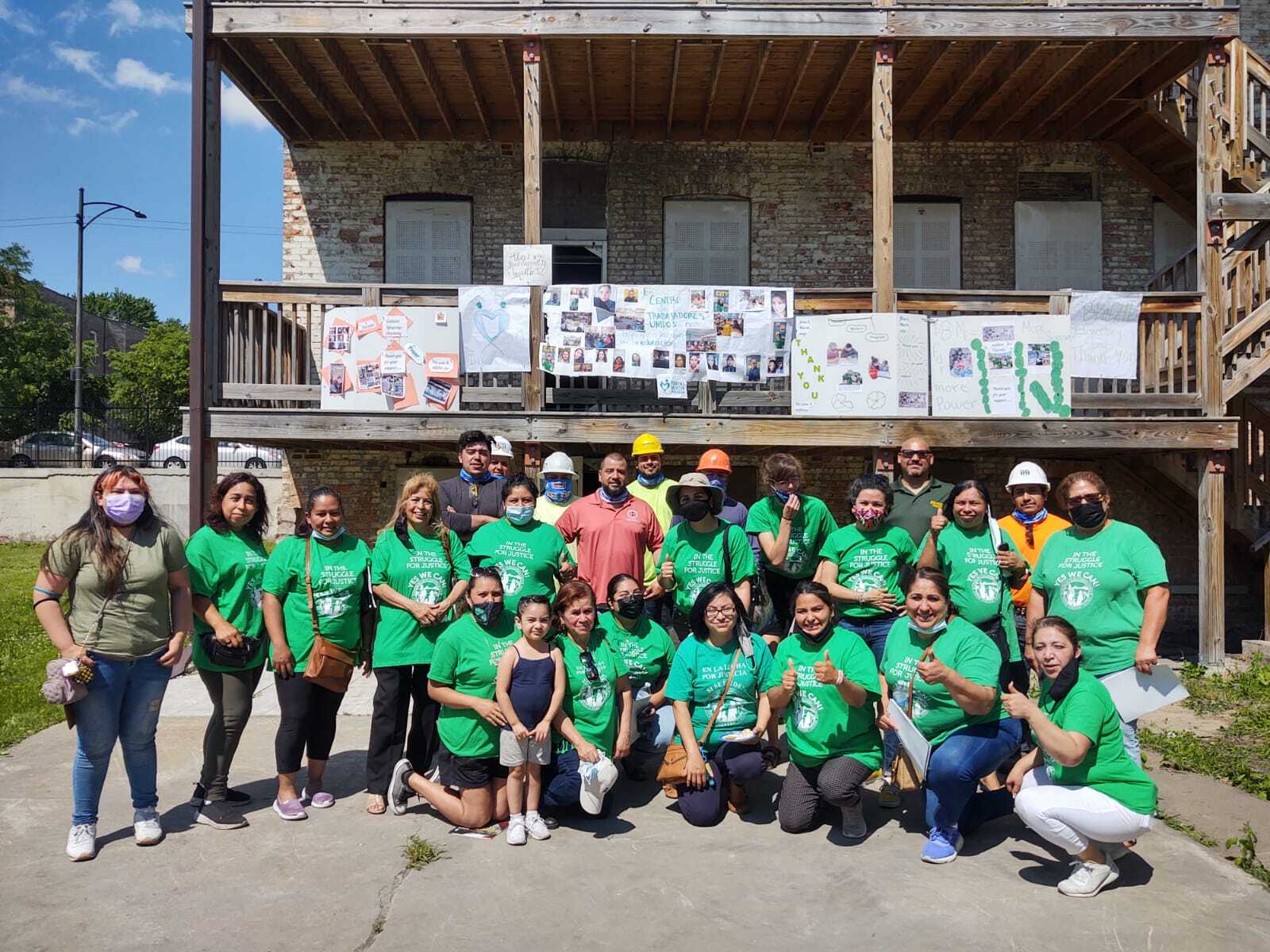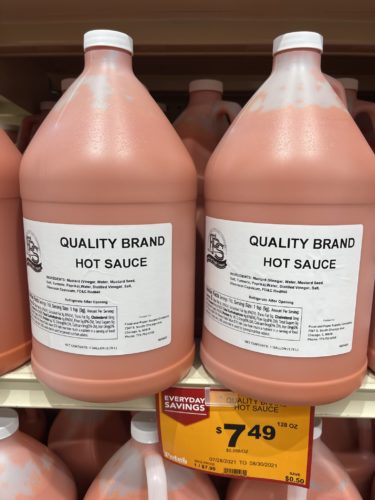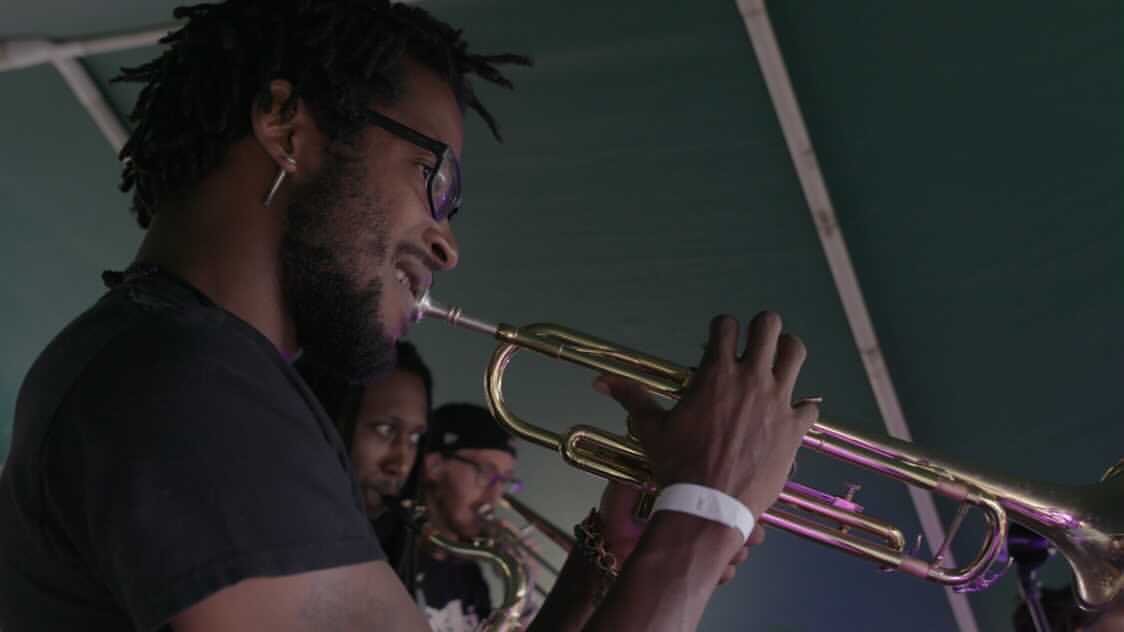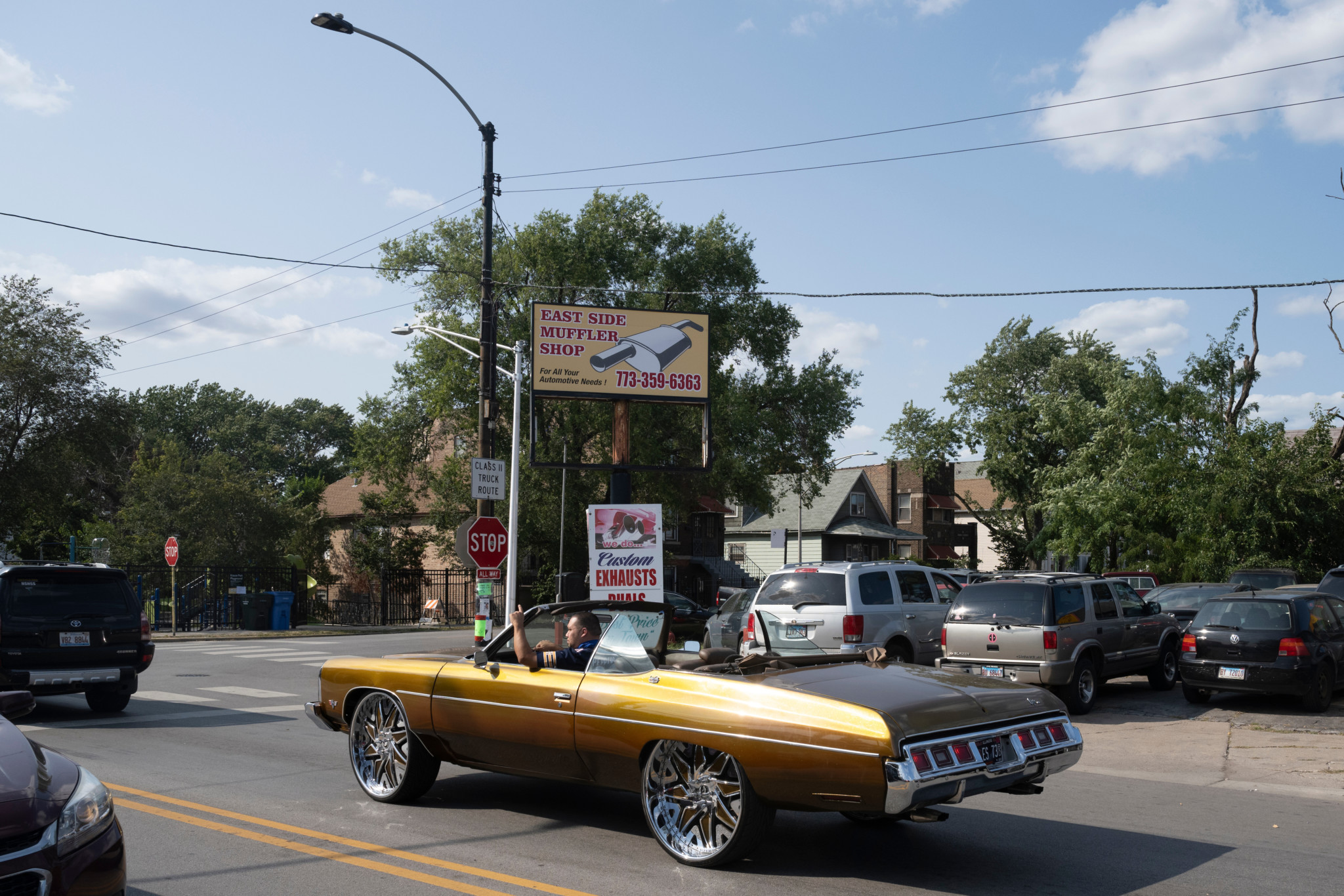Few Chicagoans seem to know the East Side exists.
In fact, it’s so common for new friends to confess unfamiliarity with the neighborhood that East Siders have turned it into an inside joke. The conversation presents three common questions: “Is that still Chicago?” “Isn’t the lake east?” “Oh, so you’re from Indiana?” To which we answer: “Yes.” “Yes, but farther.” And, well, “No.”
Tucked away on the city’s far Southeast Side, the East Side is nestled between the Calumet River and the Indiana border, and endearingly dubbed “alphabet land” by locals. Chicagoans shake their heads at the neighborhood’s street signs named by an unorthodox arrangement of letters. There’s no “Avenue A.” It starts at “Avenue B,” runs to “Avenue H,” skips “I,” and picks back up at “J.”
Home of orange hot sauce, an M60 battle tank dedicated to the region’s contribution during wartime, originally installed in 1979, and Eggers Grove, a 240-acre woodland and wetland preserve with a trail and picnic areas, the area is well worth exploring. But how accessible is it? Although the recently redesigned 95th Street Red Line Terminal is integral to South Side residents, it doesn’t reach the far Southeast Side. The disconnect forces residents to take multiple buses and allocate hours of travel time to get anywhere.
This predominantly Latinx but diverse working-class community welcomed my family when we escaped the Bosnian War in the mid-90s. At the time, my parents had no idea we had resettled in Chicago’s largest industrial corridor. It would be at least twenty years before we’d learn the health hazards of local environmental pollutants like petcoke, the fine powder produced as a byproduct of the oil refining process.
But despite—or thanks to—its history of disinvestment and environmental racism, the Southeast Side is a bastion of resistance and community care. The Southeast Environmental Task Force has worked to promote environmental education, pollution prevention, and sustainable development here since 1989. Amidst the COVID-19 pandemic, Southeast Side organizers and residents held a thirty-day hunger strike protesting the relocation of the General Iron metal recycling plant from Lincoln Park, one of the city’s most affluent and majority-white neighborhoods, to one of the city’s most environmentally discriminated against and poor.
Creative enclaves have emerged across the Southeast Side over the last decade as artists found power in expressing their thoughts and their neighborhood pride. Multidisciplinary artist Runsy, Roman Villareal (founder of Under the Bridge Studio, an artspace in the shadow of the Skyway), designer David Gonzalez, and filmmaker Steven J. Walsh are among a few locals whose work uplifts our spirits.
At times we might be annoyed when forced to explain the geography of our neighborhood. Yet every moment serves as a reminder of the unwavering commitment to our legacy. Welcome to the East Side, we’re happy to show you around. (Ermina Veljacic)
Best Immigrant and Workers’ Rights Organization
Centro de Trabajadores Unidos

Founded in 2008, Centro de Trabajadores Unidos (United Workers’ Center) is a grassroots community organization on Chicago’s Southeast Side and in the south suburbs. Locally, the center’s organizers work with immigrant families offering citizenship workshops, leadership training, worker’s rights information to low-wage workers, and COVID-19 education. At the city and state level, the center works with the Campaign to End the Gang Database, the Illinois Coalition for Immigrant and Refugee Rights (ICIRR), and other worker’s rights groups.
For many years, the organization was housed in the basement of Our Lady of Guadalupe Church in South Chicago, which also served as a refuge for newly arrived immigrants. The organization later moved to the East Side neighborhood and in 2014, after receiving a donation from Landbank for a vacant building, and a capital grant from the Illinois Department of Commerce for half a million dollars, the center has been expanding. But the process has been complicated. The grant was suspended under former Illinois Governor Bruce Rauner, according to Ana Guajardo, the center’s executive director, and it was a challenge to get the remainder of the funds. Though she eventually did, “By then, the cost of construction had tripled,” said Guajardo. Regardless, at long last the building is currently undergoing construction with the help of local unions and other community supporters that have stepped in to assist with labor and materials.
With its expansion, Guajardo said her staff would provide a community space on the first floor to host citizenship classes, meetings, and leadership training for community members. The basement will be dedicated for workforce development and will be converted into an industrial kitchen to incubate worker cooperatives. The upper floor will be transformed into temporary housing for newly arrived immigrant families. According to Guajardo, the latter was inspired by their earlier work at Our Lady of Guadalupe and the priest who supported it during that time. Members of the organization, according to Guajardo, said they want to continue the mission.
With the worker cooperatives, Guajardo envisions people in the community creating small businesses inside this food incubator. “As a nonprofit, we depend, unfortunately, on grant funds. But our goal is to eventually move to a social enterprise. But in this sense, our leaders are going to [also] benefit from this business,” she said. Part of this vision is to also educate community members about investing and taking production to the next level.
One of the challenges of working under grants is the restrictiveness of the system. “Our goal is to eventually have a business that will be able to financially sustain the entire organization. So we don’t have to depend on government funds or private funds, and actually be able to do our work freely.” (Alma Campos)
Centro de Trabajadores Unidos/United Workers’ Center, 10638 S. Ewing Ave. info@ctu-iwp.org. centrodetrabajadoresunidos.org
Best Local Condiment
Quality Brand Hot Sauce

Few would guess that a hot sauce with a cult following was born in the Southeast Side of Chicago, an area more often associated with gritty steel manufacturing plants, close-knit mom-and-pop taquerias, and an abundance of unobstructed views of Lake Michigan. While all these attributes are great, the best of the neighborhood comes sealed in a gallon jug.
Folks in the know drive from all over the Midwest to stock up on Quality Brand Hot Sauce. The thick, orangey-mauve sauce is distributed by Food and Paper Supply and has been around since the 1970s. The taste of QBHS (sometimes known as Hienie’s, after the chicken and shrimp house that popularized it) is misleadingly mild at first. But the blandness from the first impression disappears after a couple of bites, as a strong kick of vinegar, turmeric, spices, and oleoresin capsicum (the ingredient found in pepper spray) sets your mouth on fire.
Despite the burning sensation of being pepper-sprayed in the mouth, folks can’t stop putting QBHS on all types of food. It is not uncommon to see it used as a condiment for fried chicken, burritos, potato chips, or, really, anything edible. A gallon jug of QBHS sells for $7.49 at Pete’s Fresh Market, and can be purchased at Food and Paper Supply as well as most other markets on the Southeast Side. Don’t want to leave the house? Amazon carries it as well. (Al Southers)
Food and Paper Supply, 7247 S. South Chicago Ave. (773) 752-0700.
Best Summer Arts Fest
Nest Fest

The third annual Nest Fest, featuring local bands, artists, and vendors, was held Saturday, August 14 outside of Crow Bar on 106th St. Event curator and born-and-bred South Sider Michael Ramirez said the festival celebrates freedom of expression and community, while creating a safe space for other Chicagoans to explore an often forgotten neighborhood.
“My family’s from all over South Chicago,” Ramirez said. “When asked where I’m from, I say the south side. ‘Oh, like Bridgeport?’ people usually ask, and I’m always like, no, further southeast.”
Although the Gwendolyn Brooks College Prep alum attended high school in nearby Roseland, Ramirez recalls the culture shock of encountering many classmates who didn’t have a clue about the East Side–let alone the Hienie’s hot sauce he grew up thinking was a Chicago staple.
“You start realizing that there’s a rarity to it, that there’s something special about [this neighborhood],” Ramirez said. He constantly found himself on a quest to share the beauty to be found in this industrial area once dominated by steel mills.
In 2015, after South Chicago’s longest running art festival Vlado’s Fest announced it was closing its doors for good, Ramirez, who toured the local bar scene with his garage rock band, The Crooks, rallied friends and local creatives to host Nest Fest. The name pays homage to the block party’s location—the neighborhood’s go-to pub and the fest’s first sponsor—Crow Bar, where Ramirez worked as a barback in college.
Last held in 2019, Nest Fest was canceled in 2020 because of the pandemic, but it returned in 2021 with help from 10th Ward Alderwoman Susan Sadlowski Garza and local businesses. DJs Surge, Matt B, Flex, and Pete Roxx kept the vibes going as local artists Don’t be Hayden, Nick Naumoff, Skyway Stereo, and Mass Attack, to name a few, graced the stage. Dom Ramirez, a licensed barber at The Mustache Lounge, provided complimentary haircuts, and Lucky Kat Tat tattoo artist Felix Roman offered custom design services.
Attendees shopped local vendors showcasing clothing, jewelry and other hand-made goods while grubbing on food prepared by Memos Jr, South Ave Catering, BuzzinBBQ, and Up in Smoke BBQ.
David “DaveTheSLKR” Gonzalez, a creative, entrepreneur, and owner of Los SLKRS Brand, has been a vendor since the fest’s inception. “Even though I grew up in the East Side, I always meet new people [at the fest] and it’s an awesome opportunity to introduce my brand to other members of the community,” said Gonzalez. “It’s been awesome seeing the fest grow every year. This is definitely something I wish was around when I was younger.”
Lifelong East Side resident and make-up artist Clarissa Rodriguez hopes Chicagoans attending the fest will see how much heart and soul East Side creatives possess.
“It means a lot to have a festival like this in the neighborhood, that we are able to get all these incredibly talented South and East Side talents in one space,” said Rodriguez. “Finally in our own space! For us South Siders, we used to have to go to Wicker Park and Pilsen to be a part of something like this. It felt like we were always overlooked as artists and creatives. I can’t wait to see the next batch of hidden talents that join the roster next year.” (Ermina Veljacic)
To learn more and keep up with Nest Fest, follow their Instagram @NestFest_So_Chi.

